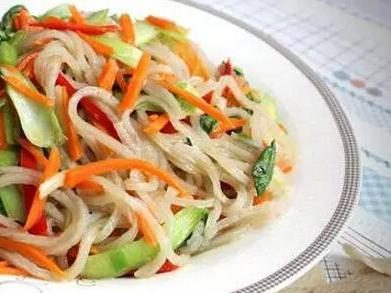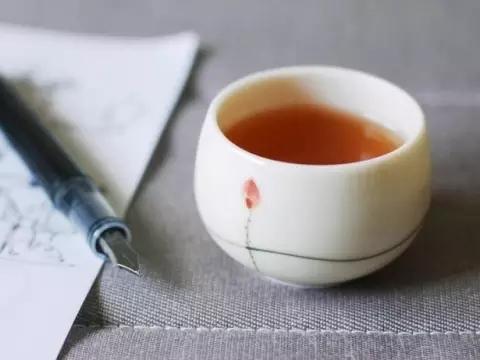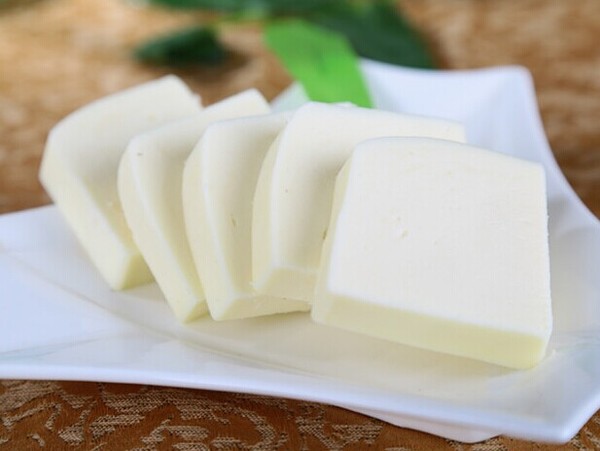These five dishes were rated as the most cultural dishes in Gannan!

Gannan Hakka food culture inherits the quintessence of Han and Tang Central Plains food culture. Based on regional food culture, after thousands of years of development and innovation, Gannan Hakka food culture has distinct characteristics, rich connotation and endless charm. It is called "one of the birthplaces of Hakka food culture" by the Chinese Cuisine Association, and it has become a wonderful work in the garden of Chinese food culture. But do you know their "fame" story? The delicacy in the story and the story in the delicacy reveal the wisdom of the people of Gannan.
▼ Gannan fried fish Wang Shouren hired Ling cook to cook when he was governor of Ganzhou. Ling learned that Wang loved fish. In order to show his cooking skills, Wang often changed his fish practices and tastes, which won Wang's appreciation. Once Ling fried fish with vinegar, which had a unique flavor. Wang was very happy after eating it, so he called Ling and asked what the dish was called. Ling thought it was a small wine (Ganzhou used to call vinegar as a small wine) fried fish, so he casually replied: "small fried fish", hence the name of this dish.
According to the legend of ▼ Nankang Hebao, after Dai Quheng was the top student in high school during the Qianlong period, he gave a banquet to thank his neighbors. Because they pay attention to the ostentation of the "number one" seats, chefs use local lotus leaves to wrap the cooked pork into the shape of a "top hat". After steaming, it becomes a dish with light yellow color, pure smell, fat but not greasy, sweet but not greasy.
▼ Ningdu Stewed Chicken with Three Cups Sauce legend in the late Southern Song Dynasty, the national hero Wen Tianxiang was captured because of the Anti-Yuan Dynasty and was held in the prison of Ningdu. A local woman in her 70s admired Wen Tianxiang, so she brought the only old hen and a pot of wine in her family and risked her death to visit the prison. With the help of the jailer, she simply found a tile bowl, put the chicken nuggets in the bowl, poured a glass of rice wine, added some salt, and made it with a small fire. Soon, taking a look at the lid, the chicken was crispy and fragrant.
Wen Tianxiang drank alcohol and ate chicken. He was very moved and sang a song of sorrow. Today, the hero is gone, but the legend is still handed down from generation to generation. "Stewed Chicken with Three Cups Sauce" has become a famous dish because of its ruddy color and tender meat.
▼ Nankang chili sauce was founded in the late Ming and early Qing dynasties and has a history of production and marketing for more than 300 years. At first, this product was self-made by the people, and the processing method was relatively simple. After continuous improvement and improvement, it has become a delicious "salty chili sauce", which is widely spread inside and outside the county. However, because it is mostly made for families, only a small amount of salty chili sauce is sold on the market.
To the middle of the Qing Dynasty, Nankang County "Sanyuanzhai sauce garden" according to folk technology, combined with sauce garden conditions to be summarized and improved, commercial production. By the end of the Qing Dynasty, the products had been sold in Ganzhou, Nanan and other places. Later, Sanyuanzhai went out of business and the "de Fuzhai" sauce garden continued to produce this product.
▼ Anyuan fake swallow
It is said that during the anniversary of Wu, Empress Wu Zetian visited the Xianju Palace in Luoyang to inspect the chisel of the Longmen Lushena Giant Buddha (legend is based on the appearance of Wu Zetian). It happened that a large white radish grew in Guanxia Garden Village in the east of the city, which was three feet long, green and white, weighing more than 30 jin, and vegetable farmers regarded it as a curiosity, and the people dedicated it to the palace as "auspicious".
The royal chefs knew that the radish could not cook any good food, but they were intimidated by the majesty of the queen, so they had to obey. They pondered over and over again that the radish was cooked with delicacies into a soup without losing the flavor of imperial food. After the queen tasted it, she praised it as mellow and refreshing, looking at its shape similar to bird's nest silk, and immediately gave it the name "fake swallow vegetable".
Have you eaten all the above delicacies? Do you think their cultural heritage is really profound in Gannan cuisine? Which cuisine in your hometown also has a profound cultural heritage? Why don't you write at the bottom of the comment and discuss it together!
Related
- A course of planting techniques and methods on how to grow carrots
- How to plant the latest tulips?
- Is it better to pick tea in the morning or in the afternoon? When is the best time for tea to be picked? what is the third or fifth tea?
- Launch Yuanxiao Happy combination Haocha + Tea Yuan healthy Taste
- Penghu Tourism "Fireworks 20 Parade with You"
- 2022 West Lake Happiness holds "Digital Revitalization Voucher" and draws iphone13 and laptop.
- Banqiao Fuzhou social houses are designed to change start-up combined with police elimination to create a safe and livable environment
- The convenient measure of "mechanical weeding" in Xinbei has been abused and the Agriculture Bureau has imposed heavy penalties on the illegal land consolidation.
- Changgeng University Joins Hands with Four Memory Factories to Rescue Memory Talent Shortage
- The list of Taiwan's top 100 MVP managers is listed by the Director-General of the Farmers' Association of Sanxia District.



